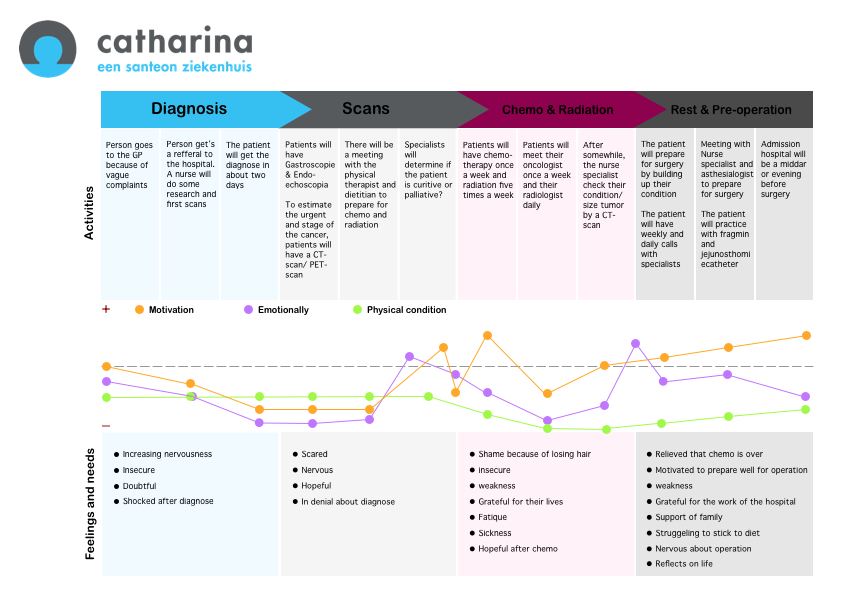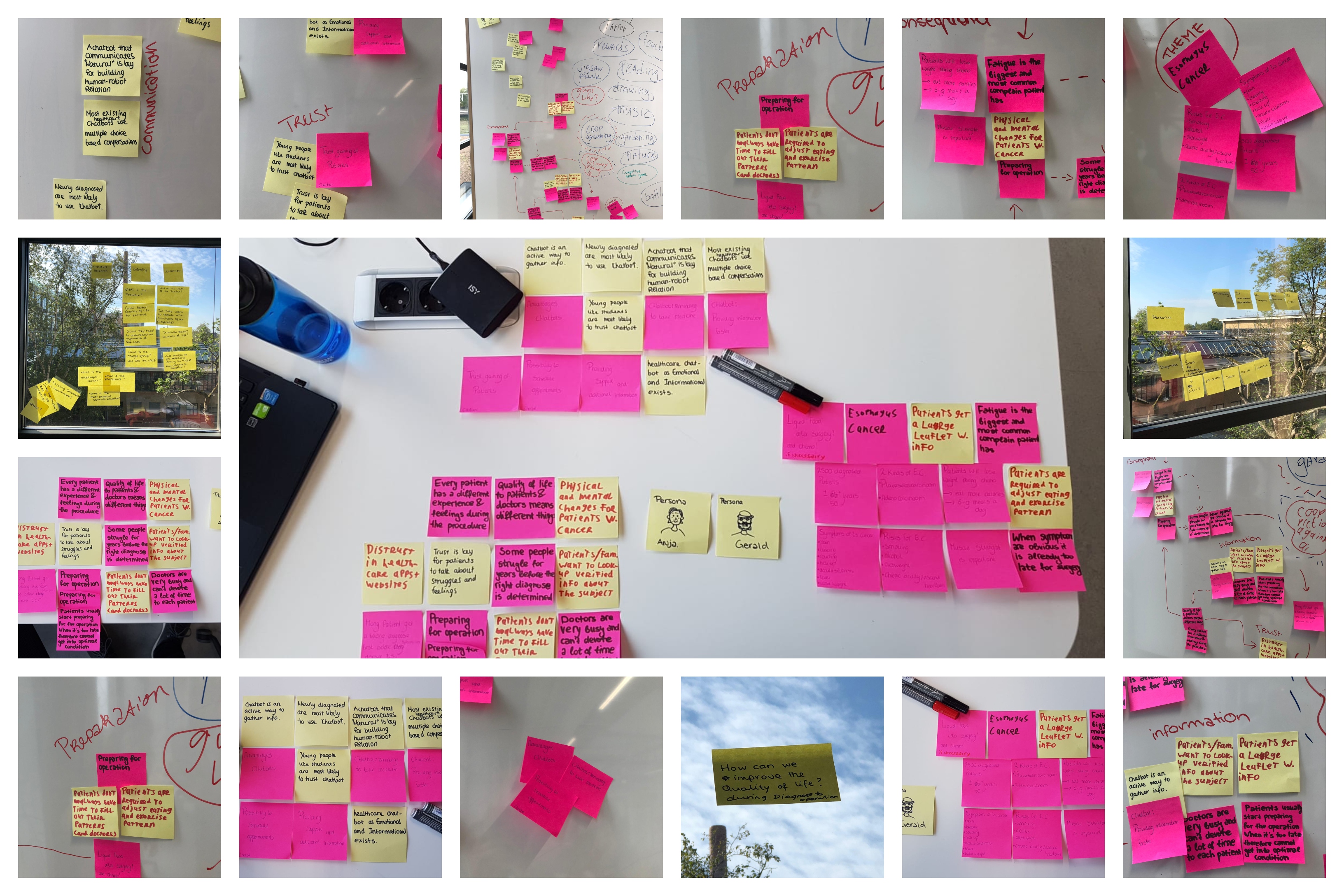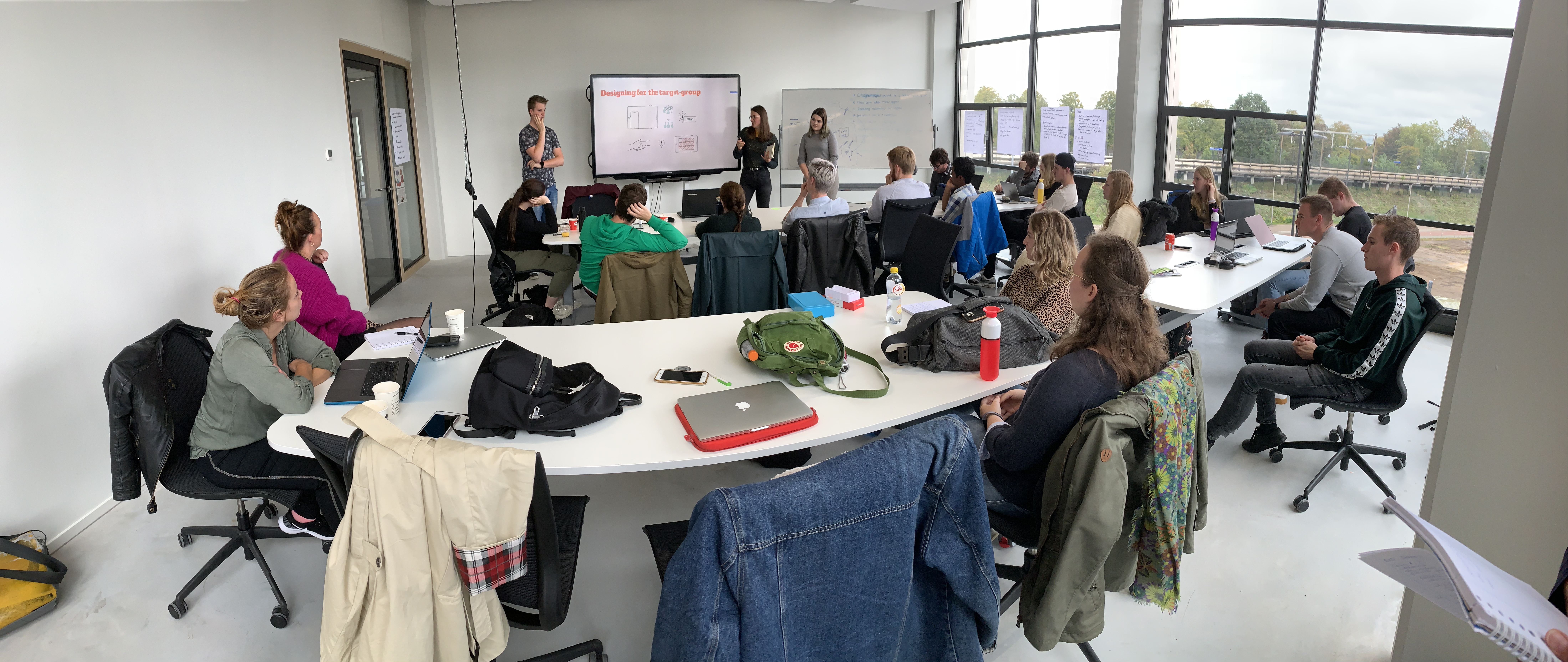Sprint 0: Research
-
Plan of Action or Debriefing?
First two weeksThe first project task was writing a document to confirm the project's orientation and problem definition. I was thinking about making a Plan of Action while others were talking about a Debriefing. We had many misunderstandings regarding different terminologies and what project methods will be practised. This was the moment where we first encountered a communication barrier.
Nevertheless, we talked about our past projects and read each other's earlier made documents. We then agreed that we only want to describe the problem definition and project goals, so a Debriefing is a more suitable document format.
-
I'm used on doing specific technical research, not in solving broad research questions
First monthIt was my task to write a debriefing, while other members were doing most of the literature research. We made research questions and kept track of our tasks by discussing the Trello Board frequently. Our main question was: How can we improve the quality of life during the diagnose and operation procedures?. Our Sub-questions and summarized research can be found here. We did make personas, a prototype and generalized user journey, but that right before the first demo (quite some rush was involved 😅).
Most problems I solved in previous projects are specific (enough) to start programming an MVP. This project had no requirements or guidelines, so this was the first time I used a user journey to look for digital solutions. Frankly, I only used the user journey after the demo because it was the best research-based product of sprint 0. It even got validated/improved by specialists and patients (this happened later on in the project).
-
What we did to come to our first concept
Throughout sprint 0Throughout this sprint, we wrote down and collected all our assumptions on post-it notes, like an inspiration wall. This method helped us visualizing the patient's process, information cancer patients should know and literature research about conversational agents. The only thing we had to do was to cluster post-it notes into How Might We-questions to develop our first concept.
I wasn't inspired at that moment because we were contemplating about different perspectives of our very first concept, like technical difficulties, design problems for elderly users and the conversational agent's functionalities. We could've shared a better vision when the concept was more clear for everyone. This could've been done by discussing functionalities and confirmations from stakeholders better.
-
Chatbot called Lilly
Demo 1Unfortunately, we weren't able to interview specialist or patients about their experiences. So we were mostly focussed on how chatbots can aid the patient's self-management. At the demo, we've presented an introduction scenario with DialogFlow (which was my task), wireframed the look and feel of the app and described functionalities that patients may use. I still believe we did an excellent job at our first presentation because we examined many aspects of the project itself(problem definition, research and target audience). We received many reactions from the audience that indicates we were on the right track.



